7 Things My Son Wants You To Know About Insect Study
I come across cutesy ideas for insect study all the time. While the activities are cute and have some value in teaching about insects, I find that getting children outside to learn about insects right alongside the real creatures makes for the best learning. Teaching in a “nature lab” is hands-on, real-life learning that sticks – and it’s fun (and healthy!)
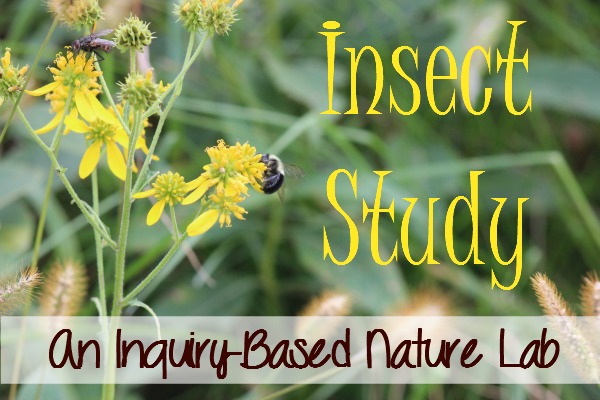
This post contains affiliate links.
Insect Study
Inquiry-based learning makes smart kids
Nature study naturally lends itself to inquiry-based learning. To inquire means to question, so inquiry-based learning means you pose questions (or problems) to your children and let them find ways to determine the answers. This is easily done during nature study. Here’s what it looked like during a recent 2nd grade insect study:
We studied insects everyday for almost three weeks. During that time, we took approximately three nature walks per week. Before each walk, I posed a question and we set out to discover the answers through observation, journaling, experimentation and research.
- Walk 1: We already know the basic parts of an insect. Do insects always have these parts?
- Walk 2: Insects have exoskeletons. How do they grow?
- Walk 3: Do all insects have wings?
- Walk 4: How do insects eat?
- Walk 5: How are insects helpful to flowers?
- Walk 6: Are all insects similar to one another?
- Walk 7: Is every little creature an insect?
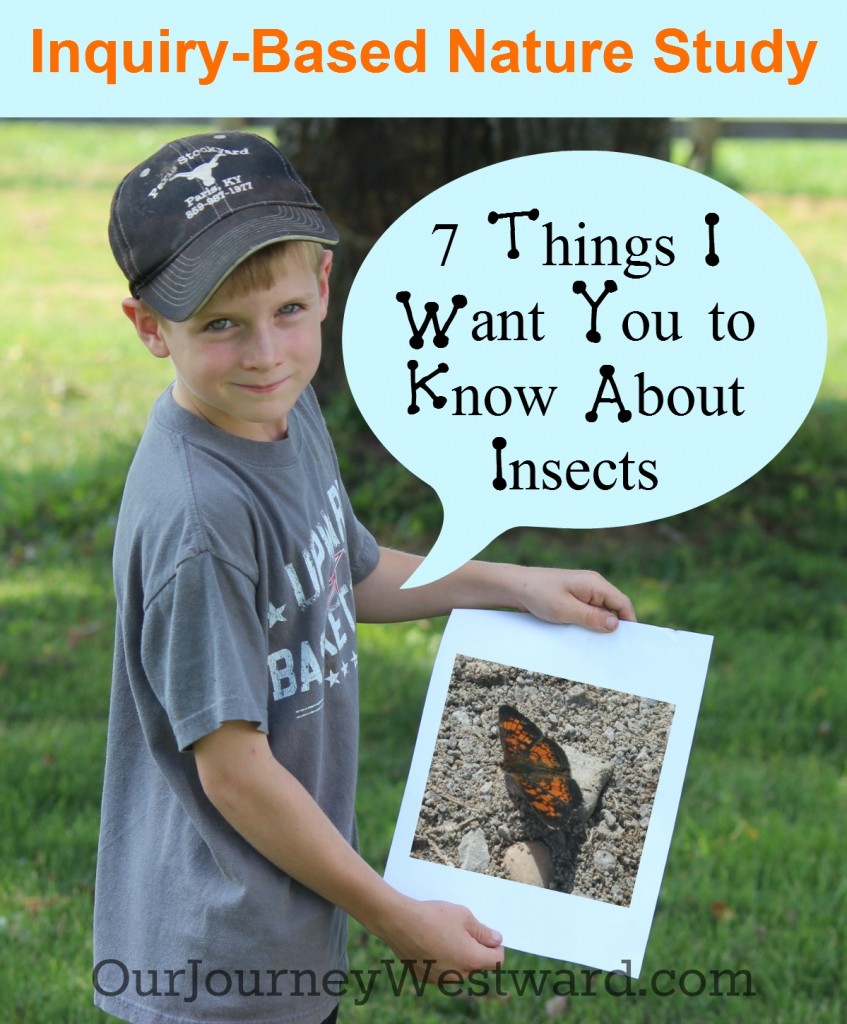
What Eli Discovered
1. Insects don’t always look like insects.
“Insects go through a life cycle that includes four stages: the egg, larva, pupa and adult. It isn’t until the adult stage that insects have the typical parts we recognize as insects: six legs, head/thorax/abdomen, antennae, etc. I learned this after seeing caterpillars on our catalpa tree and researching them on our iPhone.”
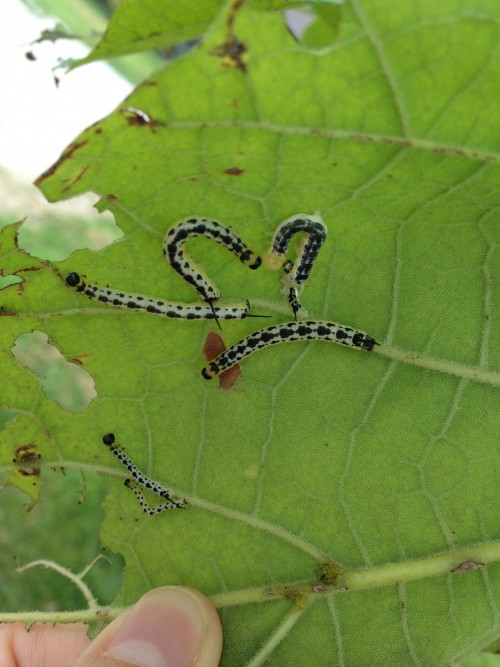
The activity: After finding the catalpa sphinx caterpillars and seeing their wonderful lines and patterns, I challenged Eli to really focus on drawing the lines and patterns in his nature journal. (art connection)
2. Insects molt.
“In order for an insect to grow, it must shed its outer covering (the exoskeleton) through a process called molting. Most of the time, once an insect reaches the adult stage in its life cycle, there is no need for any more molting. Insects can molt five to sixty times!”
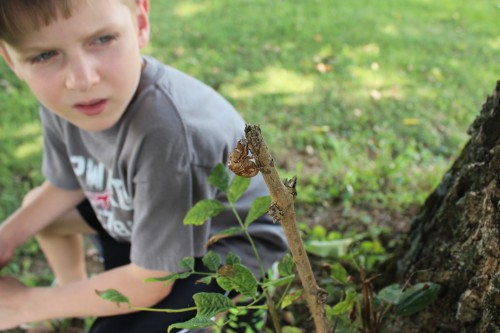
The activity: Dissect an exoskeleton.
3. Most adult insects have wings.
“Most of the adult insects I found have wings. I saw ants without wings, so not all insects have them.”

The activity: Make a list of all the winged and non-winged insects you find. See which list is bigger.
4. Insects have different methods of eating.
“I learned that insects eat in four different ways: siphoning with a proboscis like a butterfly, piercing and sucking with a stylet like a mosquito, biting and chewing with mandibles like an ant, and sponging (with capillary action) like a housefly.”
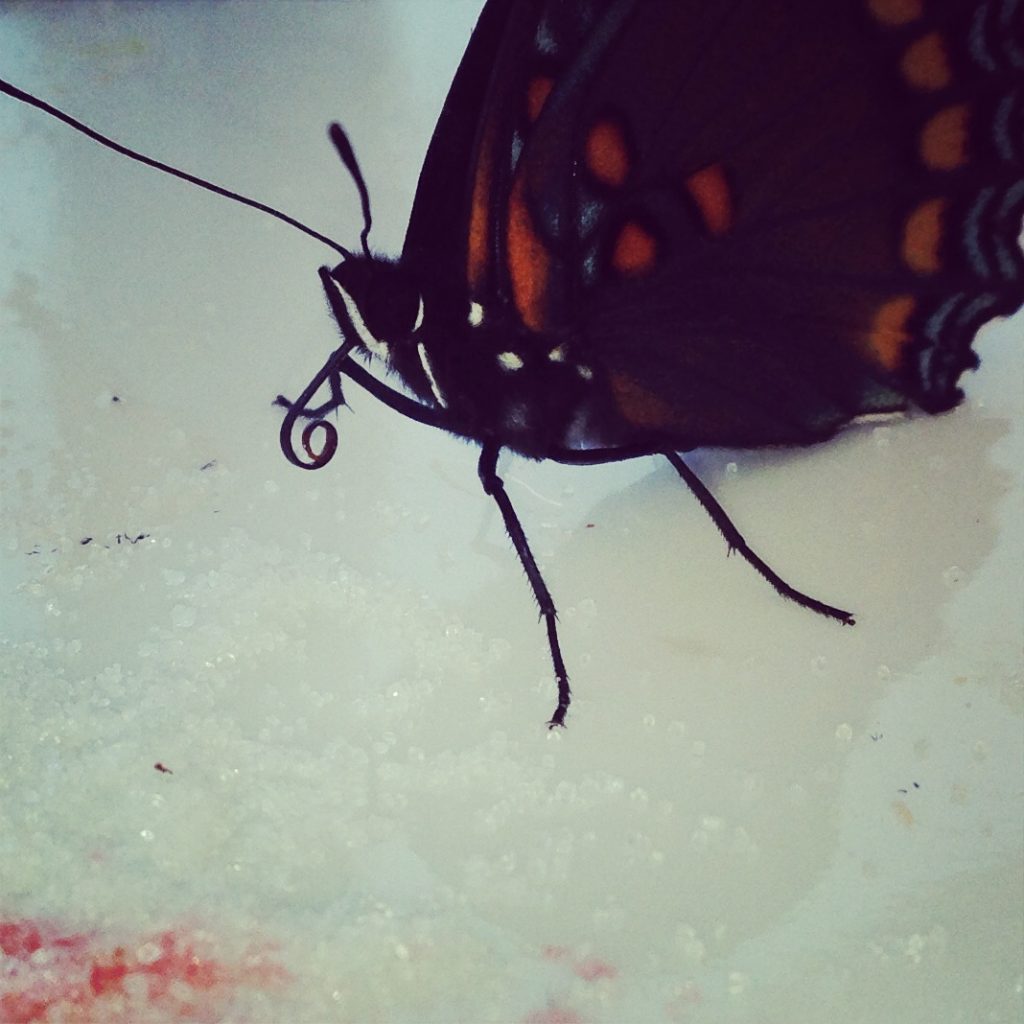
The activity: Observe insects eating. Read about the different methods when you get home.
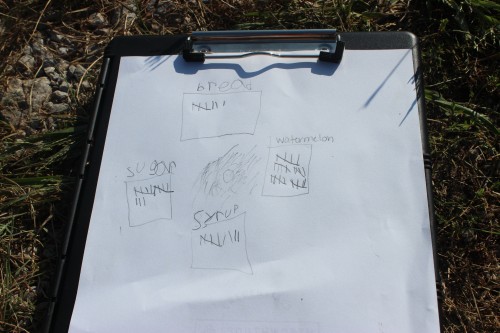
Additional inquiry-based activity: Which foods do ants like best? Place four foods evenly around an active ant hill and observe the number of ants that find each food over the next 20-30 minutes.
5. Insects help pollinate plants.
“Insects are very helpful to plants. As they go from flower to flower sipping the nectar, they also pick up pollen. When they fly to another flower, they drop off some of the pollen and this fertilizes little eggs so new seeds can grow. When new seeds grow, that means new flowers can grow.”
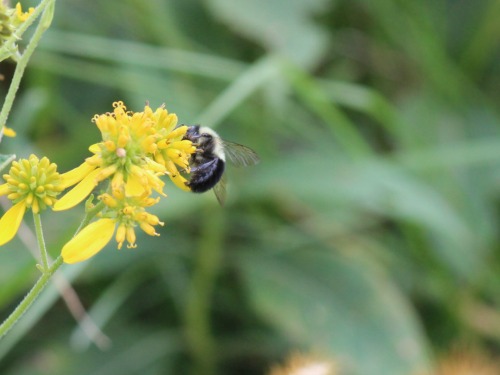
The activity: Read a book about pollination before heading on this walk. Watch insects on flowers. Look for pollen on the insects’ legs. Dissect a flower to see the reproductive parts. Draw what you see.
6. Insects come in all shapes, sizes and colors.
“Insects have similar parts, but they are very, very different from each other. Some are tiny and some are really big. Some are red, some are black and some have lots of colors on them. Some are round and some are straight and skinny. God’s pretty cool to make them so different.”

The activity: Photograph as many insects as you can and talk about their differences.
7. Sometimes things you think might be insects really aren’t.
“Sometimes it’s hard to tell if little creatures are insects. I thought roly-polies were insects until I noticed they have more than six legs. I used to think spiders were insects, too. I thought worms might be like caterpillars until I looked them up in my field guide. Sometimes you just have to look things up.”
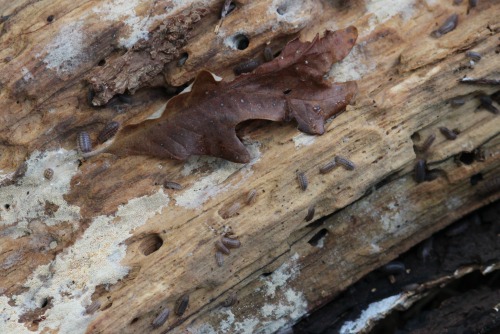
The activity: Determine whether the critters you see are insects or not.
Living Literature About Insects
No matter what topic we’re studying, living literature wiggles its way right in to our lessons. We love books! These are some of our favorite selections this time around.
Love the insect study? You’ll love NaturExplorers! Get ideas for creative nature walks and follow-up activities for more than 20 nature topics.
You May Also Like…
-

-
 40 Nature Walks: Volume 1$24.00
40 Nature Walks: Volume 1$24.00 -
 Butterflies Flutter By$28.00
Butterflies Flutter By$28.00











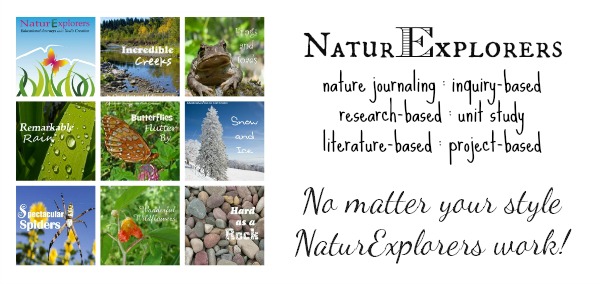



This is so wonderful! What a great way to encourage their natural curiosity! All the bug photos give me the creeps but I guess I need to get over that fear, eh?
LOL! Yes – as hard as it is – try, try to get over the fear. 🙂